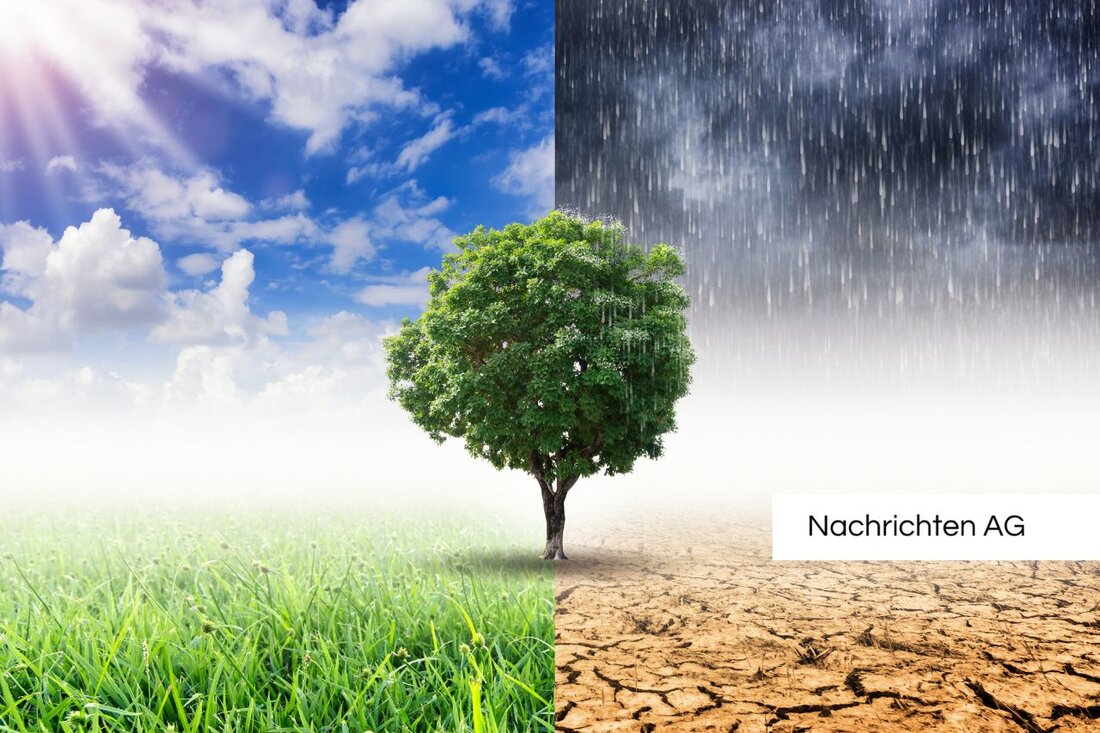Climate crisis in the Alps: How tourism changes drastically!
Climate crisis in the Alps: How tourism changes drastically!
Blatten, Schweiz - Climate change has changed the Alpine region significantly in recent years. Heavy rain, heat waves, lack of snow, melting glacier and rock fall are just a few of the challenges with which the Alpine region is confronted. The temperature rise, which is larger in the Alpine region, is particularly striking than in the global average. PNP reports that the average warming in Germany has been 2.5 degrees in Austria and in Switzerland 2,9 Degree is.
The consequences of these climatic changes are far -reaching. Swiss glaciers have lost around 60 percent of their volume since 1850, and the zero degree limit in Switzerland has increased by up to 400 meters since 1961. These developments mean that winter sports, depending on the altitude, becomes increasingly difficult. In addition, artificial snow requires more energy and water, which further increases the costs for winter sports.
effects on tourism
The decline in the glaciers not only has ecological, but also social and economic consequences. The loss of snow security means that many ski areas are forced to shorten or even close their operating times. This not only affects the region's attractiveness, but also on the number of jobs. The knowledge emphasizes that the glacier melts also affects summer tourism, since the natural beauty of the landscape decreases.
At the same time, higher temperatures in summer could extend the outdoor season and thus move more vacationers into the mountains. The opportunity to travel more climate -friendly than when traveling to other destinations, adds to Additional Layer of Appeal for Those Seeking Holidays in the Alps.
An expert forum entitled "Klima.Sport.Schnee" presented a position paper at the second Alpine climate summit on the Zugspitze that illuminates the challenges and opportunities of the changing tourism. bzt gives an overview of the various chapters that analyze the influence of climate change on the alpine habitat and alpine tourism. The study also examines climate protection and adaptation strategies that are urgently necessary to counter the challenges of climate change.
A look at the future
The forecasts are alarming: Up to 90 % of the glaciers in the Alps could disappear by 2100. The need for adaptation measures could not be more pressing to preserve the alpine ecosystems and to alleviate the effects of climate change. The design of a sustainable tourism, which is ecologically and economically wearable, is becoming increasingly important.
The discussion about the effects of climate change in the Alps not only illustrates the dangers, but also the opportunities that result from the change in climatic conditions. The need for sustainable practices and new tourism offers is higher than ever.
| Details | |
|---|---|
| Ort | Blatten, Schweiz |
| Quellen | |


Kommentare (0)